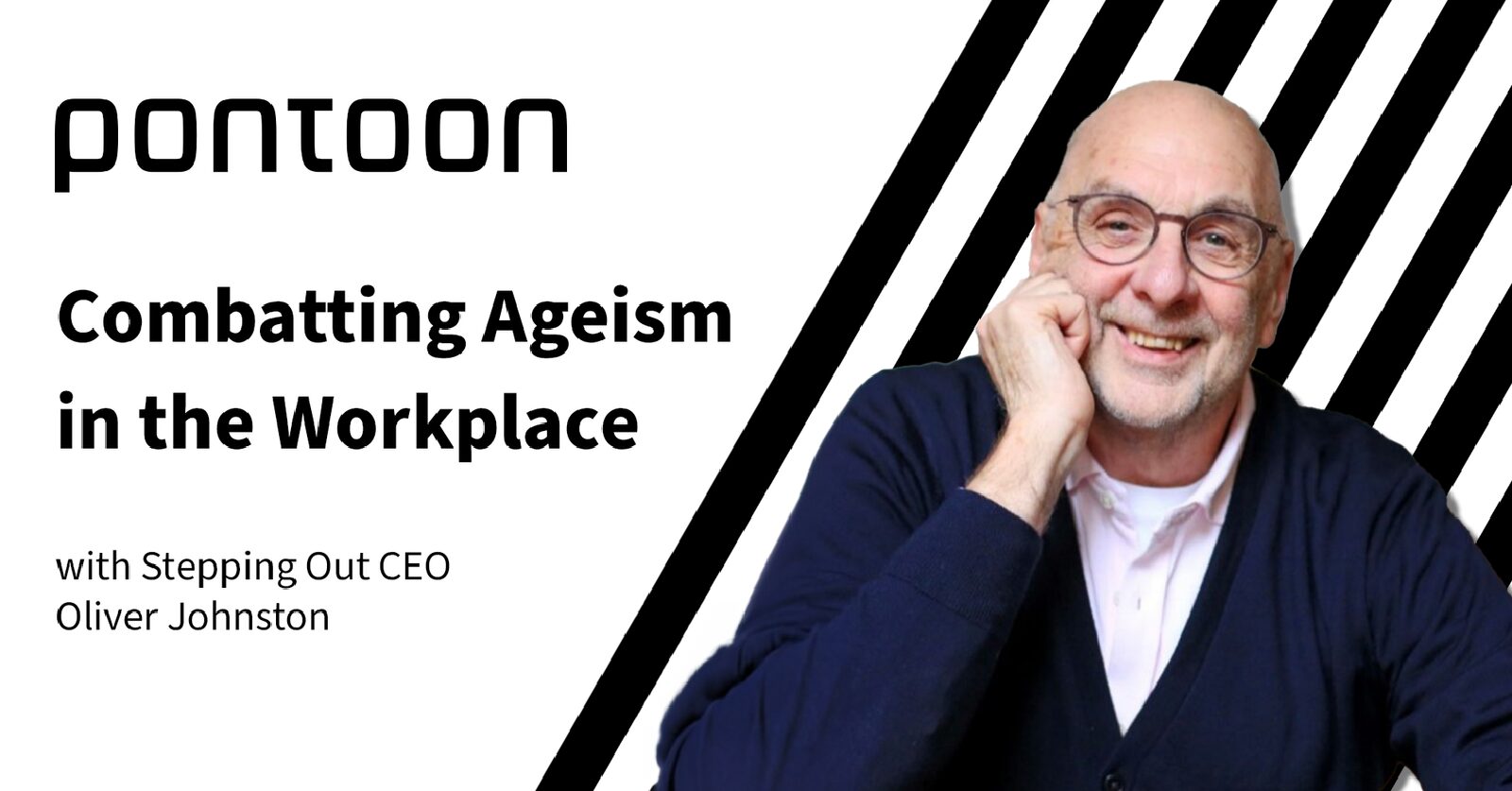Preventing ageism in the workplace: Retaining mature workers
Ageism in the workplace is a legitimate threat. We are all living much longer. The idea of a three-stage life – education, work, and retirement – is becoming outdated. Whilst many workers choose to retire early, global economies struggling to hire cannot afford to lose the considerable skills, talent, and experience the mature workforce can provide.

Suzy Fernandez – Global Project Manager, DE&I
Ageism in the workplace: A worldwide problem
With inflation and rising living costs, older adults’ return to the workforce is anticipated to grow. Across the globe, workers over 50 often face age discrimination, stereotypes, and biases that limit their career progression, ultimately leading them to leave the labour force entirely. Worldwide, ageism, or presenting negative attitudes towards individuals because of their age, is pervasive in the labour force.
In Brazil, for instance, there is a trend where older workers often feel compelled to take early retirement due to the lack of employment opportunities. This is not just a personal setback but a significant loss for the economy as well. With their extensive experience and expertise, these individuals could be contributing significantly to businesses and the overall growth of the country.
On the other side of the world, in China, there is a phenomenon known as ‘the curse of 35‘. This refers to the perceived bias against employees who are above this age in the job market. Such discrimination hampers the career progression of these individuals and can lead to a decline in their job satisfaction and overall morale.
In the US, 78% of individuals aged 50 or over have reported age discrimination, while only 5% in the UK perceive their company as actively trying to employ mature workers. Research reveals that job seekers aged 45 and above are judged more harshly by recruiters globally. Companies should proactively tackle unconscious bias and educate recruiters on the value of mature candidates.
The unique challenges faced by mature female workers
The COVID-19 pandemic has had particularly negative effects on female employment, with many women leaving the workforce to take up caregiving obligations. According to the Office of National Statistics in the UK, 50+ women are the single largest demographic that has been economically inactive since the pandemic. This trend is not isolated to the UK, with similar patterns seen globally. For instance, in Brazil, 30% of women between the ages of 50 and 59 have also been economically inactive.
Employers must find ways to create an equitable environment that supports a valuable mature female workforce. How can employers retain mature female talent who want to work while ensuring their skills stay relevant? Here are a few specific things companies can do to support the employability of this invaluable population:
Flexible ways of working
Employers must be adaptable based on their workforce’s needs and support flexible working arrangements. This means not just quick fixes like reducing hours or work-from-home options but more agile structures that support a functional work/life balance. Most female workers juggle personal responsibilities that require unique schedules to care for family members. Implementing the ideas below takes time and employer buy-in but will help fully support inclusion while increasing available talent pools.
- Short-term gigs – establishing working patterns that permit temporary contract or consulting opportunities for older workers
- Job sharing – dividing skills or tasks between team members to allow for more scheduling flexibility
- Returnships – a popular option to find and retain female talent, these short-term engagements help older workers re-enter the workforce after an extended period
Purposeful and enjoyable work
As workers age, the “why” and the “how” work is done become more important. If you want to keep experienced female professionals, focus tasks on their strengths, side projects, and challenging responsibilities that keep them productive and engaged with their work.
Employers should try to align their employees’ values, skills and interests when designing the work experience. Offer the mature worker purpose and fulfilment – spelling out precisely how their contributions make a positive impact. It’s essential to have regular feedback conversations to align developmental and growth goals with career aspirations.
Psychological safety
Every person, regardless of age or gender, should feel empowered to have their voice heard and contribute meaningfully to the workplace. Embracing diverse ideas can help foster collaboration, enabling teams and all employees to feel safe and thrive professionally.
Research shows that job-related stress causes the 50-54 age group to leave work and not return. Stress is an individual reaction. Organizations with an open culture and well-being initiatives help combat burnout and disconnection. Enhanced employee well-being reduces pressure and stress responses.
Psychological safety is at the heart of inclusion and companies can create this by addressing biases, providing unconscious bias training, and promoting respect and appreciation for diversity.
Funding skills programmes focused on supporting 50+ female workers
Organisations need to continue to train and educate older female workers. Employers should consider providing these workers with skills training, reverse mentorship opportunities, and digital certification courses through reskilling and upskilling programmes.
Investing in these programmes ensures workers remain up-to-date and productive, closing generational gaps and driving business outcomes forward. These programmes should focus on developing skills that mature female workers can contribute, such as leadership, mentoring, and project management skills.
Digital training schemes are also great, allowing staff to stay updated with current technology trends while maintaining highly sought-after computer skill sets. Organisations like General Assembly and local governments work with employers on programmes to reskill or upskill older employees.
Competitive pay
Considering longer life expectancies and rising costs, companies must offer competitive pay to value and respect mature female workers. However, employers often overlook women over 50, making it challenging for them to achieve equitable pay rates.
Employers must conduct regular pay audits to identify and rectify pay gaps and implement transparent recruitment and promotion practices. By taking such measures, employers can demonstrate their commitment to fair pay and create a more inclusive workplace. Also, companies should consider sign-on or completion bonuses for training completed, and production goals met.
Final takeaway on combatting ageism in the workplace
Promoting equity in the workforce is essential for preventing ageism against older workers. It’s time to acknowledge the skilled and resourceful female professionals who continue to contribute to the company’s success. Supporting flexible working arrangements, offering purposeful work experiences, and promoting psychological safety and inclusion are crucial. Funding skills programmes also helps create an equitable work environment. Mature female workers offer diverse perspectives, experience and expertise, all assets enhancing positive business outcomes.
Related Post
Podcast premiere: Combatting ageism in the workplace
In the season premiere of Pontoon’s "Reimagine Now" podcast, we discover actionable strategies for combatting ageism in the workplace. Shannon Robertson, Director of Strategic ...




